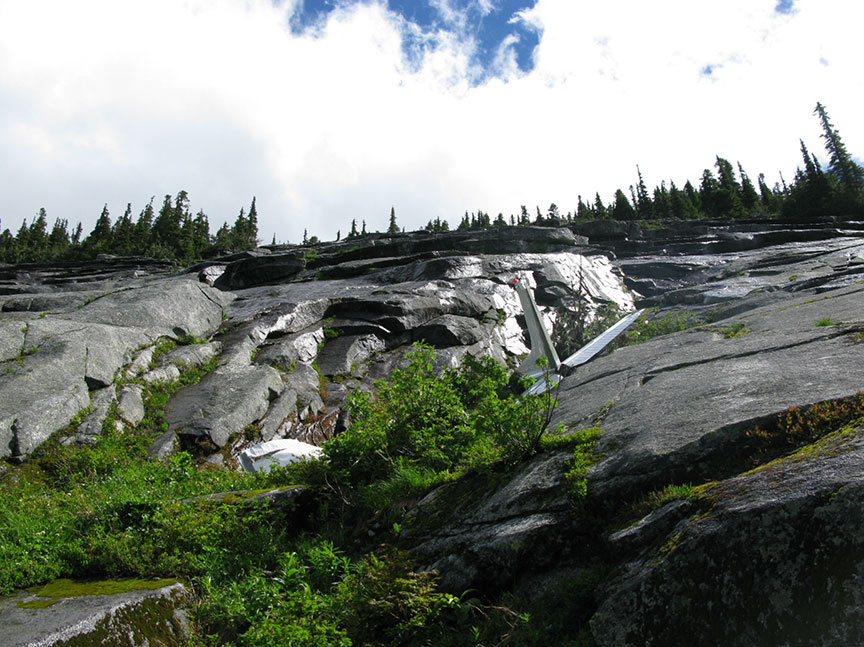Visual flight rules flight into deteriorating weather and collision with terrain
Cessna 182P, C-GKKU
Hope, British Columbia, 19 nm NE
Cessna 182P, C-GKKU
Hope, British Columbia, 19 nm NE
The occurrence
On , a privately operated Cessna 182P aircraft departed Calgary Springbank Airport (CYBW), Alberta to Nanaimo, British Columbia, with two persons on board. During the flight, the pilot was advised by the Kelowna sector air traffic service that radar service was terminated. Approximately 30 minutes later, the aircraft collided with a mountain and was destroyed by a post-impact fire. Both occupants were fatally injured. The TSB is investigating.
Media materials
News release
TSB deploys a team of investigators to the fatal collision of a private aircraft near Hope, BC
Read the news release
Deployment notice
TSB deploys a team of investigators to the fatal collision of a private aircraft near Hope, BC
The Transportation Safety Board of Canada (TSB) is deploying a team of investigators to Hope, BC, following the fatal collision of a private Cessna 182. The aircraft was found in steep alpine terrain. Both occupants were fatally injured. The TSB will gather information and assess the occurrence.
Investigation information
Download high-resolution photos from the TSB Flickr page.
Class of investigation
This is a class 4 investigation. These investigations are limited in scope, and while the final reports may contain limited analysis, they do not contain findings or recommendations. Class 4 investigations are generally completed within 220 days. For more information, see the Policy on Occurrence Classification.
TSB investigation process
There are 3 phases to a TSB investigation
- Field phase: a team of investigators examines the occurrence site and wreckage, interviews witnesses and collects pertinent information.
- Examination and analysis phase: the TSB reviews pertinent records, tests components of the wreckage in the lab, determines the sequence of events and identifies safety deficiencies. When safety deficiencies are suspected or confirmed, the TSB advises the appropriate authority without waiting until publication of the final report.
- Report phase: a confidential draft report is approved by the Board and sent to persons and corporations who are directly concerned by the report. They then have the opportunity to dispute or correct information they believe to be incorrect. The Board considers all representations before approving the final report, which is subsequently released to the public.
For more information, see our Investigation process page.
The TSB is an independent agency that investigates air, marine, pipeline, and rail transportation occurrences. Its sole aim is the advancement of transportation safety. It is not the function of the Board to assign fault or determine civil or criminal liability.
